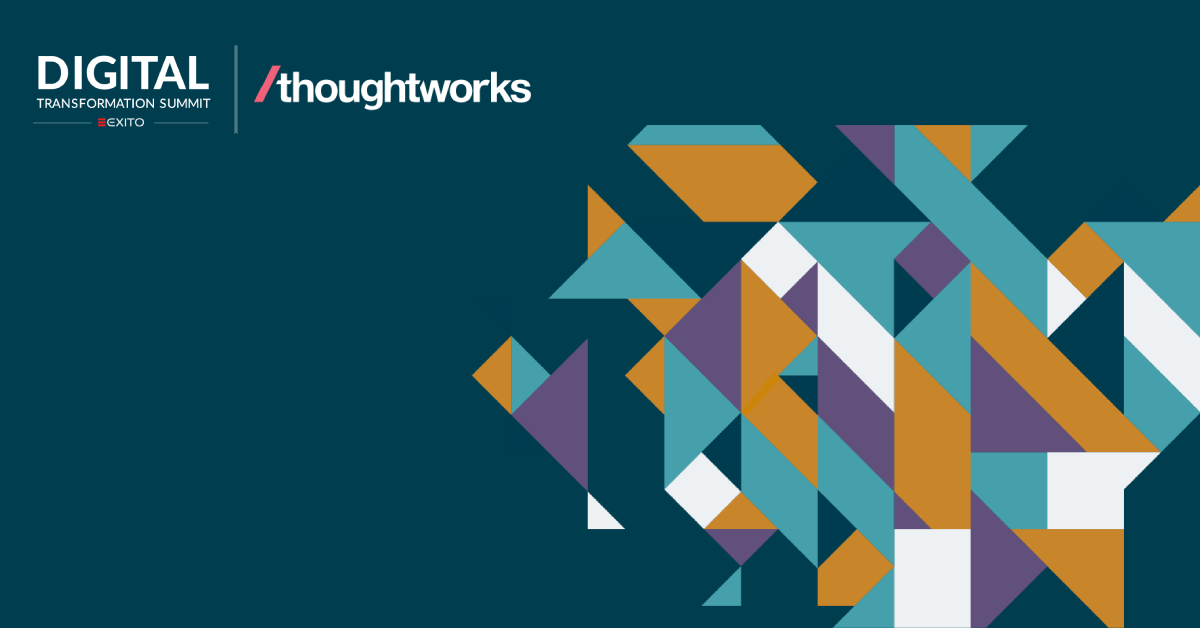Introduction
As Indonesia continues to urbanize, develop, and adopt new technologies, it finds itself at an important to build a truly digital economy and close the digital divide between urban and rural areas. With the right investments, policies, and innovations, Indonesia can capitalize on its youthful population, economic expansion, and technological readiness to emerge as a leader in Southeast Asia’s rapidly evolving digital landscape.
1.Rapid Growth of Internet Users
Indonesia has witnessed exponential growth in internet users over the past decade, emerging as one of the largest online markets globally. As of 2022, Indonesia has over 200 million internet users, representing nearly 75% of its population. This massive user base reflects an internet penetration rate that has more than doubled since 2016, when it stood at just 34%.
Indonesia’s immense and growing internet user base signals the sheer scale of its digital economy’s potential. Tremendous opportunities exist for businesses providing digital services, e-commerce, content and more. Indonesia offers one of the world’s most sizable markets for online activities, engagement and transactions. With the right strategies and localization, brands can gain valuable traction in this high-growth environment.
2. Booming E-Commerce Industry
Indonesia’s e-commerce industry has experienced explosive growth over the past decade, transforming digital commerce and opening doors for innovative startups and businesses. The sector is projected to reach an astounding market value of over $100 billion by 2025 according to a report by Google and Temasek.
Several factors have fuelled Indonesia’s e-commerce boom. With over 60% of the population now online and nearly 400 million internet users expected by 2025, Indonesians are rapidly embracing online shopping and e-payments. The country has a massive and young consumer base, including an expanding middle class with higher disposable incomes seeking convenience and variety.
Indonesian startups like Tokopedia, Bukalapak and Traveloka have capitalized on this growth by developing e-commerce and online travel platforms tailored to local consumer needs and behaviours. Established corporations are also investing heavily in Indonesian e-commerce, with Sea Group’s Shopee and Alibaba’s Lazada among the major players.
E-commerce enables businesses of all sizes to sell beyond their local area and reach wider audiences. It opens new opportunities for Indonesian merchants and brands while providing more choice for consumers. With e-commerce projected to continue its steep trajectory, Indonesia’s Digital Economy has huge potential to transform commerce, generate jobs and uplift living standards.
3.Startups and Innovation
The Indonesian startup scene is vibrant with new ideas and innovations addressing key needs and opportunities in the market. Major sectors seeing growth and investment include e-commerce, fintech, healthcare, logistics, and social media.
In addition to e-commerce and fintech, sectors like healthcare, media, logistics and education have seen new innovative startups emerge. The startup ecosystem is rapidly evolving, with Indonesian unicorns disrupting traditional industries and investors flocking in to tap the nation’s digital potential.
Fintech
– Digital payments have massive headroom for growth with cash payments still dominating. Innovative services around payments, lending, investments and insurance can tap into Indonesia’s unbanked population.
– Cryptocurrency and blockchain solutions also have an emerging appeal, especially for cross-border remittances and investments.
Agriculture
– Applying technology to improve agriculture productivity and supply chains is an urgent need. Digital tools for precision farming, farm-to-table marketplaces and fintech for smallholder farmers have fertile ground.
Healthcare
– Telemedicine and other health tech innovations can expand access and affordability of healthcare especially in remote parts of the archipelago.
– Digital insurance, lending and other fintech solutions tailored for healthcare also have substantial room for growth.
Education
– Indonesia has over 50 million students but limited education infrastructure. Ed-tech solutions for K-12, higher education and vocational training can help democratize access.
– Massive scope exists for education marketplaces, online learning platforms, digital content and tools.
4.Challenges and Risks
Indonesia’s digital landscape is not without its challenges. While the opportunities for growth are immense, businesses must navigate various risks and roadblocks.
Regulatory Issues
Indonesia has historically had a restrictive regulatory environment for digital businesses and startups. Onerous licensing requirements, limits on foreign investment and ownership, and lack of data protection laws have hampered development. However the government has recently taken steps to ease regulations, but the legal and compliance landscape remains complex. Businesses must ensure strict adherence to avoid hefty penalties.
Talent Shortage
The rapid digital growth has led to a severe shortage of skilled tech talent. Local universities are not producing enough qualified graduates to meet demand. As a result, wages have surged, making it difficult for startups to compete against foreign companies. Building a skilled local workforce remains an urgent priority. Initiatives are underway to provide more extensive digital skills training.
Infrastructure Gaps
While internet usage has exploded, infrastructure gaps persist, especially in rural areas. Low fixed broadband penetration forces many to rely solely on mobile connections. Network congestion and intermittent connectivity impede growth of data-heavy services like video streaming. Massive investment is required to upgrade networks and datacenters across the archipelago. Nonetheless, infrastructure is improving steadily, promising even faster growth ahead.
5.Government Support
The Indonesian government has recognized the importance of the digital economy and has implemented various initiatives and policies to support its continued development. Some key examples include:
– The National E-Commerce Roadmap launched in 2017 outlines strategies for growing e-commerce in Indonesia. It aims to increase the value of e-commerce to $130 billion by 2020. The roadmap focuses on areas like taxation, logistics, and cybersecurity.
– Indonesia’s digital economy is expected to contribute $133 billion to GDP by 2025. To support this, the government established the e-commerce roadmap which serves as a guideline for growing the digital economy.
– The government plans to invest over $70 billion in Digital Infrastructure improvements between 2020-2024. This includes expansions of broadband networks, datacenters, cloud computing systems and other IT infrastructure to enable digital growth.
– Tax incentives introduced in 2018 provide relief for tech startups and companies focused on R&D. This helps nurture domestic innovation and attract foreign investment into the digital sector.









